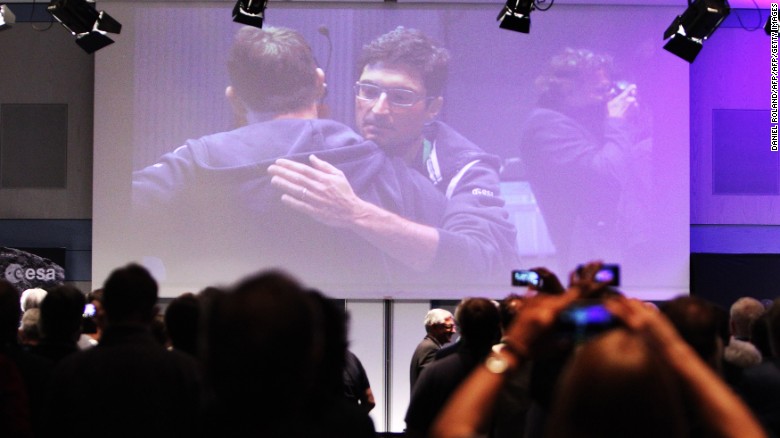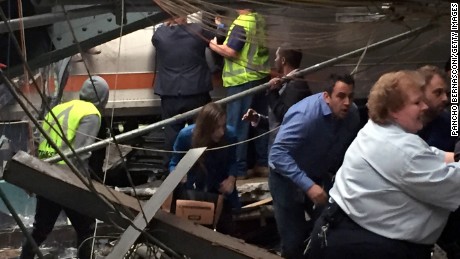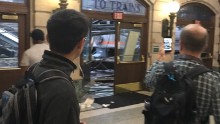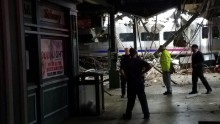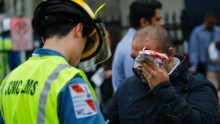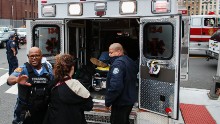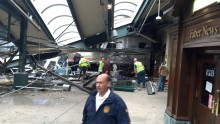(CNN) The Rosetta space probe has crash-landed on the surface of a distant comet, ending a remarkable 12-year mission that made a series of breakthrough discoveries. It was the final act of an epic project to chase a comet in its orbit around the sun, put a sister probe on the surface and gather information about its behavior and chemical composition. After confirmation, the mission controllers sent out a simple tweet in many languages, just saying: "Mission complete."
The European Space Agency (ESA) which led the mission consortium, including NASA, decided that setting down the orbiter on Comet 67P/Churyumov--Gerasimenko was the best way to close the project.
Airbus Defence and Space, which built the Rosetta probe, said the impact was at a sedate walking pace of about one mile per hour.
Lander system engineer Laurence O'Rourke told CNN that Rosetta was too far away for its solar panels to be effective in running the heaters or the computers.
The orbiting spacecraft was not designed to land on the comet but by making a controlled descent and impact, it was thought possible to gather more pictures and data on the way down.
Breakthrough discovery
They believe they may be the pieces that clumped together to form the comet when the solar system was young. The Rosetta orbiter returned spectacular images when the comet made its closest approach to our star and tails of material were driven off. And the landing craft Philae discovered 16 organic compounds including four that had never been detected on comets before the lander ran out of power. It was an important step because some of those chemicals form the building blocks for the ingredients of life.
One theory is that comets may have seeded the Earth with the necessary components for life to start. Ahead of the last stage of the mission, astronomer Dan Brown, who lectures at Nottingham Trent University in the UK, told CNN that Rosetta had been an "astonishing" and inspirational venture.
"The presence of complex molecules, some of which were previously unknown to exist on comets, still allows comets to be a possible source of introducing complex molecules and enable the formation of life on Earth," he said.
Millions have followed the twists and turns of the mission through some of the social media interactions between the orbiter and lander.
Philae made a dramatic descent on to the comet's surface after its thruster and grappling harpoons designed to anchor it in the weak gravity failed and it bounced. Mission controllers greeted it as a blessing as the lander was able to gather data from two sites. Philae ended up trapped between a rock and a cliff and it was only very recently that the orbiter discovered its final resting place. ESA said the mission has cost about 1.4 billion euros ($1.57 billion) from the start of the project in 1996.
The spacecraft covered billions of miles to make its rendezvous with the comet and follow its trajectory around the sun.
Rosetta needed four gravity assists from Mars and the Earth -- the so-called slingshot effect to accelerate and meet its target. This circuitous route took 10 years and was so far away from a source of solar power that the craft had to be put in hibernation for part of the journey.
ESA's mission overview
When Rosetta first arrived at 67P in August 2014 project scientist Matt Taylor told CNN that by following the comet on its journey they could see how it changed from its inert phase to when it was highly active as it approached the sun. As it got close, ice melted and turned it into an ionized gas tail and the dust produced a separate curving tail.
O'Rourke said the discoveries Rosetta has left a legacy that "will be there for many generations."
